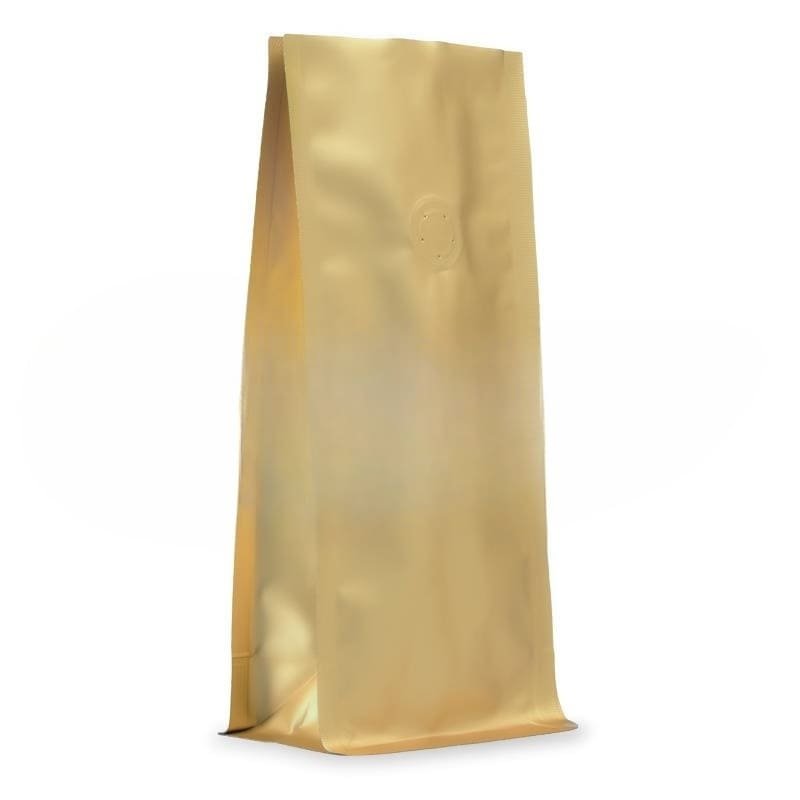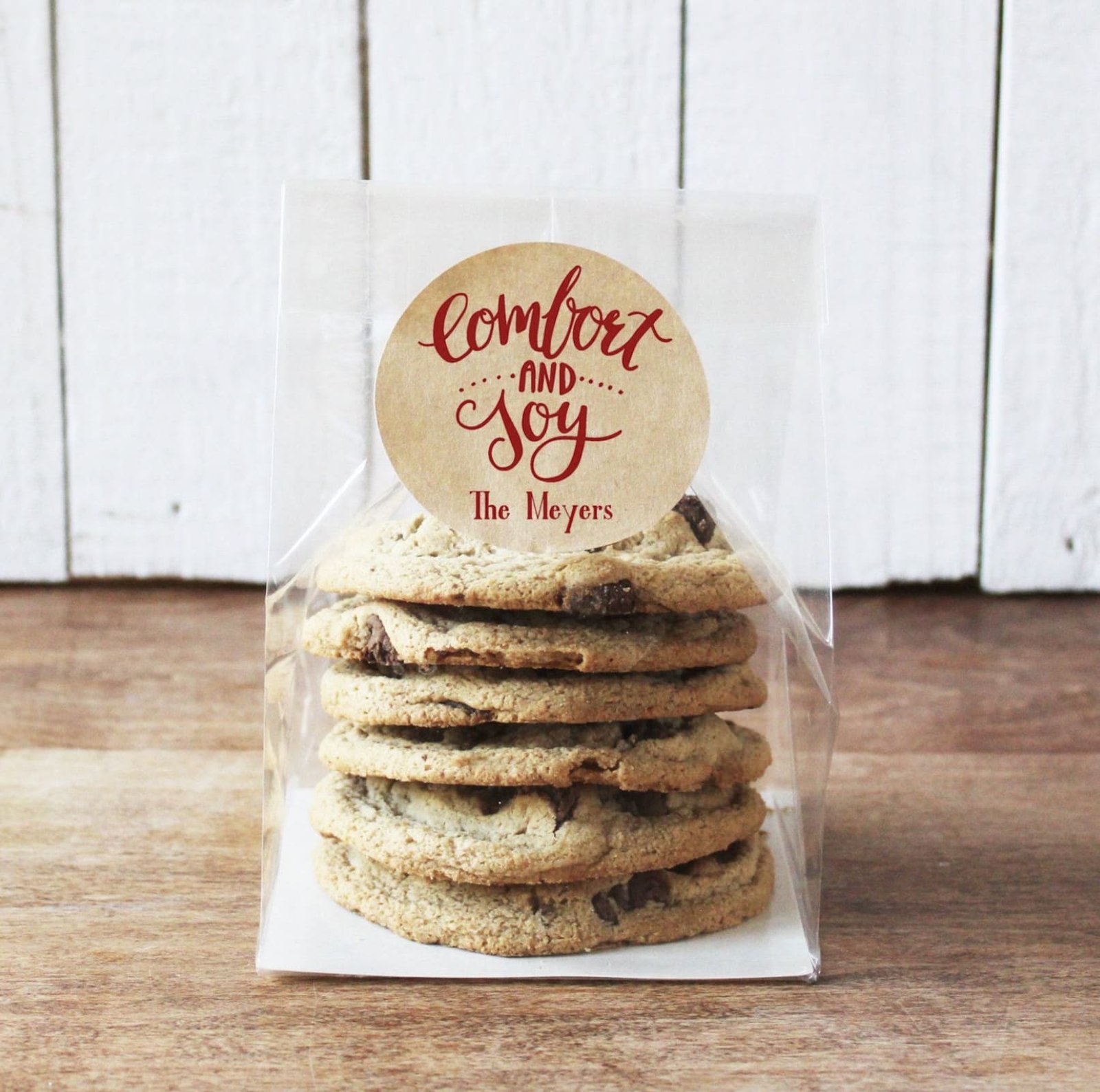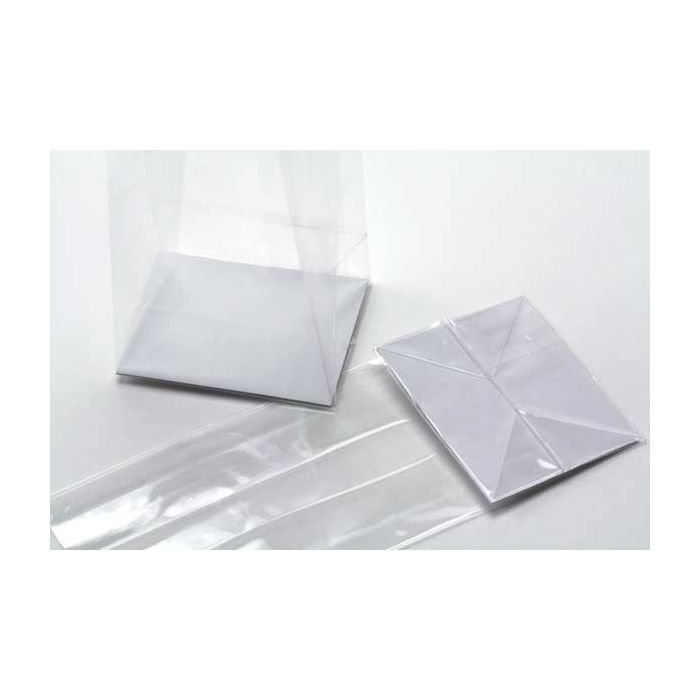Your product is great, but it's getting lost on crowded retail shelves. Competitors with smarter packaging are grabbing customers' attention, leaving your product unseen and unsold.
OPP block bottom bags offer huge benefits: superior stability for a perfect shelf display, crystal clear product visibility, and a box-like shape that provides five full surfaces for branding. This technique transforms your package into a powerful marketing tool that stands out.
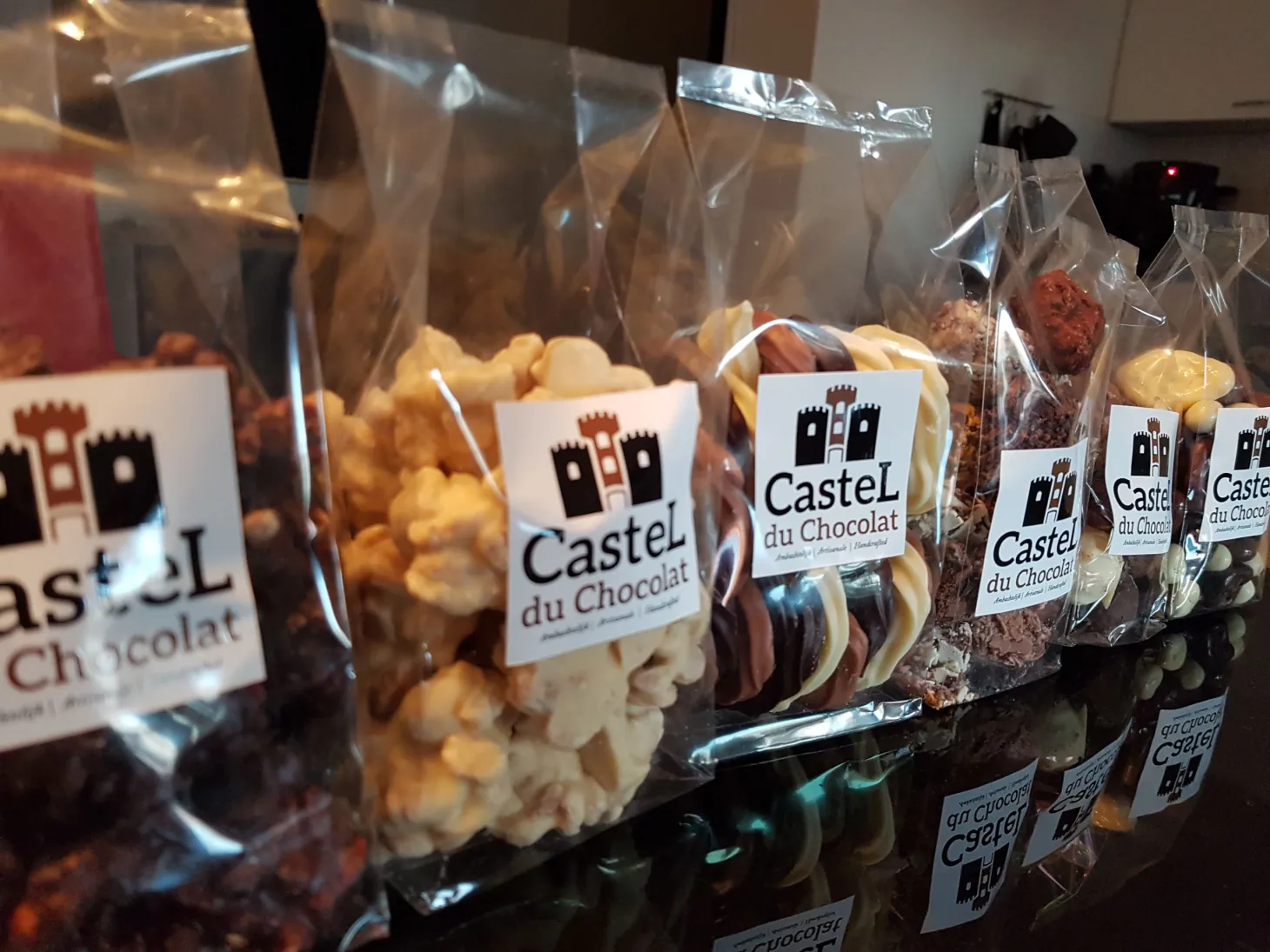
When I guide clients through their packaging choices, the conversation always turns to shelf impact. How will your product look next to ten others? This is where the benefits of a well-made block bottom bag become obvious. I've seen brands double their sales simply by switching to this format. The bag's ability to stand perfectly, like a miniature billboard, is a game-changer. But to truly appreciate why this format is so powerful, we need to compare it to other options and understand the materials involved. Let's start with the film itself.
What is the difference between PP and OPP bags?
You're quoted for "polypropylene" bags, but the samples look different. One is clear and crisp, the other soft and slightly hazy. This small difference can make your product look either premium or cheap.
The main difference is clarity and stiffness. Standard PP (Polypropylene) is a softer, more flexible material that can be slightly cloudy. OPP (Oriented Polypropylene) is stretched during production, making it incredibly clear, stiff, and crinkly—ideal for retail packaging where appearance is key.
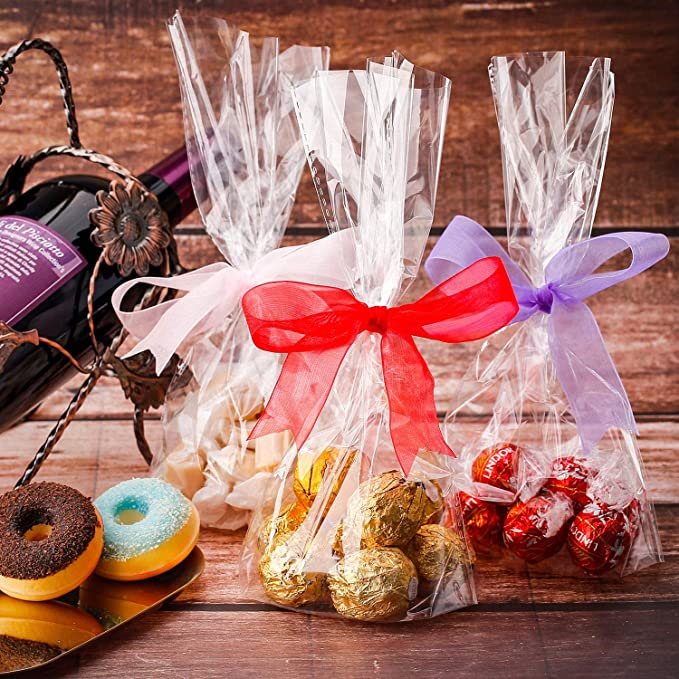
Think of it like this: PP is the material for a basic plastic bag you might get from a hardware store—functional but not beautiful. OPP is the film used for wrapping a gift basket or packaging high-end cookies. The orientation process aligns the plastic's molecules, which is like combing tangled hair until it's perfectly straight and shiny. This is why OPP bags are the top choice for confectionery packaging and other types of food packaging. The customer can see the product inside with perfect clarity, which builds trust and increases the desire to buy. When you want a product to look its absolute best, the stiffness and crystal-clear appearance of OPP are a huge benefit.
Material Properties at a Glance
| Feature | PP (Polypropylene) | OPP (Oriented Polypropylene) |
|---|---|---|
| Clarity | Translucent to slightly hazy | Crystal clear, high gloss |
| Stiffness | Soft and flexible | Stiff and rigid |
| Feel | Softer, less crinkly | Crisp and crinkly to the touch |
| Common Use | Textile bags, bulk bags, industrial liners | Retail snacks, candy bags, greeting cards |
Which is better quad seal pouch or flat bottom pouch?
You need a stand-up bag, but which design gives you the best branding and stability? A quad seal pouch looks good, but a flat bottom often performs better on the shelf.
A flat bottom pouch, or block bottom bag, is generally better. It offers five distinct, flat panels for branding and has a truly flat, stable base. A quad seal pouch has four sealed edges, offering less usable branding space and a slightly less stable footprint.
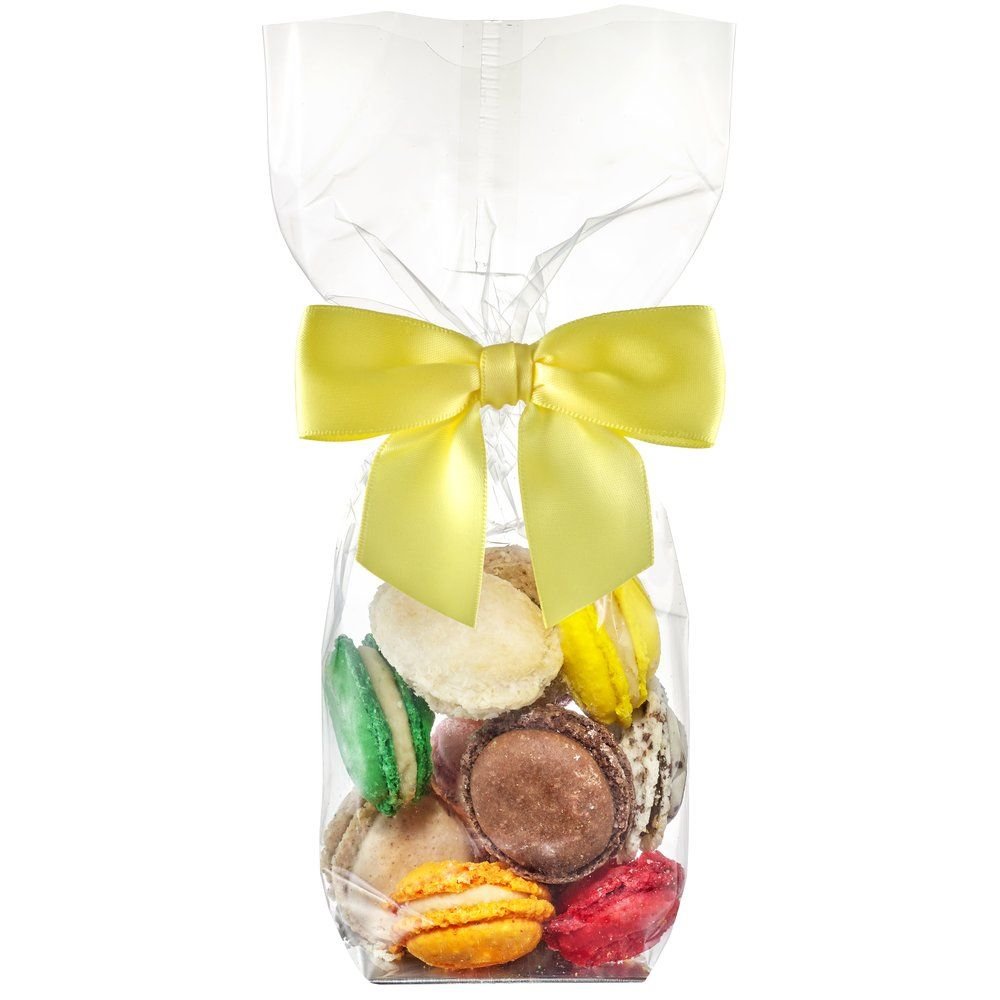
This is a frequent debate with my clients. A quad seal pouch stands up, but it rests on the bottom seals, which can be a bit wobbly. A true block bottom bag sits on a perfectly flat, rectangular base, just like a box. This makes it much more stable and less likely to tip over. I once worked with a coffee roaster who used quad seal bags. They looked nice, but retailers complained that the bags would often fall over when a customer grabbed one next to them. We switched them to a flat bottom pouch. Not only did the tipping problem stop, but they gained a whole new surface for marketing—the bottom panel. They printed a QR code there linking to their farm's story. It was a huge win.
Pouch Style Feature Comparison
| Feature | Quad Seal Pouch | Flat Bottom Pouch (Block Bottom) |
|---|---|---|
| Branding Surfaces | Front, back, and two narrow side gussets | Front, back, two wide side gussets, and a bottom panel |
| Stability | Good, but can be tippy as it rests on seals | Excellent, sits on a true flat base like a box |
| Shelf Appearance | Structured, with sharp corner seals | Clean, box-like appearance, very neat |
| Filling | Easy to open and fill, holds shape well | Very easy to open and fill, stands firmly during the process |
What is the difference between pinch bottom bags and block bottom bags?
You need to package a bulk product. One supplier offers a cheap pinch bottom bag, another a pricier block bottom. This choice directly impacts how your product is stored, displayed, and perceived.
A block bottom bag has a flat, rectangular base that allows it to stand up for an excellent retail display. A pinch bottom bag is simply sealed flat at the bottom and is designed to be laid down or stacked, making it better for industrial or bulk goods.
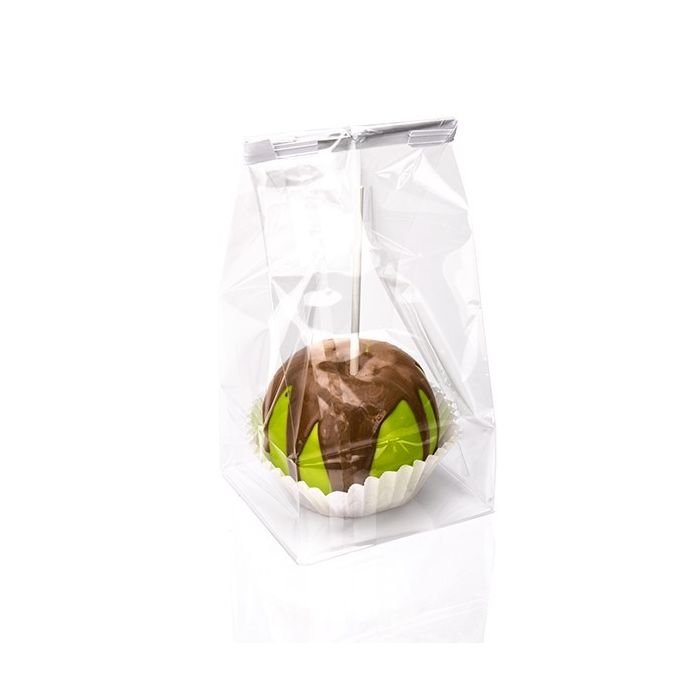
The difference is all about the intended use. Think of a 5kg bag of flour—that's a classic pinch bottom bag. It’s designed for strength and efficient stacking on a pallet and in a pantry. Now, think of a 1kg bag of premium cat food—that’s a block bottom bag. It's designed to stand up on a pet store shelf and act as its own advertisement. In my early days working with paper packaging, this distinction was fundamental. We made pinch bottom sacks for agricultural feed and block bottom bags for consumer-facing goods. The block bottom design is a key piece of plastic packaging engineering focused entirely on winning the battle for consumer attention at the point of sale. It sacrifices some stacking efficiency for massive gains in marketing and display power.
What are the benefits of the bag technique?
You know what this bag is, but why should you pay more for it? This isn't just a bag; it's a strategic tool with benefits that directly impact your bottom line.
The block bottom bag technique offers four key benefits: superior stability for neat shelf presentation, five flat surfaces for branding, efficient use of shelf space, and a premium look that can justify a higher price point for your product.
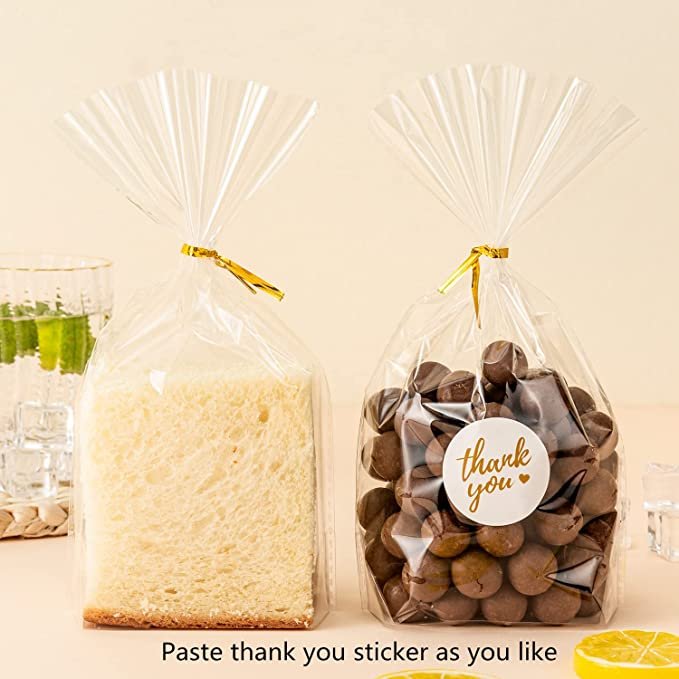
Let’s summarize these powerful benefits. I’ve seen them transform businesses time and again. First, the stability is a huge benefit for retailers. They love products that are easy to stock and that don't fall over, creating a messy look. Second, the branding real estate is unmatched. You have front, back, two sides, and a bottom to tell your story. Third, the box-like shape is very space-efficient, allowing more product to fit neatly on a shelf. Finally, these bags just look more modern and high-quality. This perception of quality allows brands to command a higher price. For any premium food packaging, especially things like coffee, gourmet snacks, or organic goods, the benefits of the block bottom bag technique provide a fantastic return on investment. It's not just a package; it's a silent salesman for your brand.
Conclusion
OPP block bottom bags provide unmatched stability, branding, and shelf appeal. This combination of benefits makes your product stand out, look more premium, and ultimately drives more sales in a competitive market.


